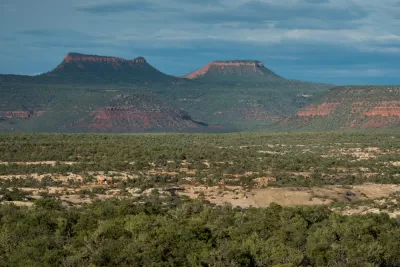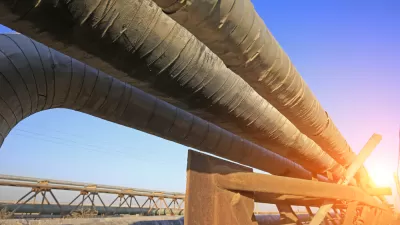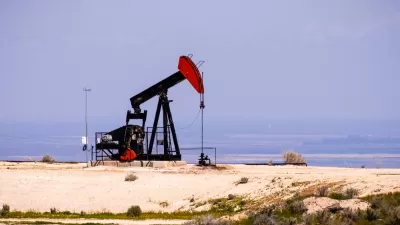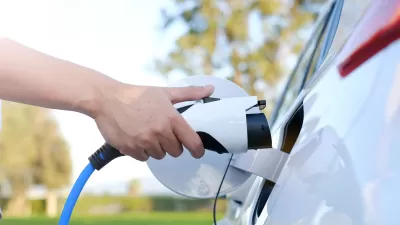Critics of the Trump administration who chide the president for a lack of accomplishments should check the environmental record.

Nadja Popovich, Livia Albeck-Ripka, and Kendra Pierre-Louis share the findings of a recent New York Times analysis, based on research from Harvard Law School, Columbia Law School, and other sources, into the program of environmental deregulation undertaken by the Trump administration during nearly four years in office.
The analysis "counts more than 70 environmental rules and regulations officially reversed, revoked or otherwise rolled back under Mr. Trump," according to the article. "Another 26 rollbacks are still in progress."
The findings of the study corroborate another recent report on the environmental impacts of the Trump administration's policy rollbacks published by the Rhodium Group in September. That report quantified the environmental damage of the Trump administration's policies in metric tons of carbon dioxide—1.8 billion metric tons to be exact.
This latest analysis offers insight into where the Trump administration has achieved the most deregulation, pointing specifically to the U.S. Environmental Protection Agency and the U.S. Department of the Interior.
After including a caveat about the tenuous legal standing of many of the policies implemented by the Trump administration, the article includes a summary of each of the rules targeted for reversal by the Trump administration, organized into the categories of 1) air pollution and emissions, 2) drilling and extraction, 3) infrastructure and planning, 4) animals, 5) water pollution, 6) toxic substances and safety, and 7) other.
In the planning category, the article lists multiple changes pertaining to the National Environmental Policy Act and a decision to rescind the Bureau of Land Management's "Planning 2.0" rule, among other examples.
FULL STORY: The Trump Administration Is Reversing Nearly 100 Environmental Rules. Here’s the Full List.

Study: Maui’s Plan to Convert Vacation Rentals to Long-Term Housing Could Cause Nearly $1 Billion Economic Loss
The plan would reduce visitor accommodation by 25,% resulting in 1,900 jobs lost.

North Texas Transit Leaders Tout Benefits of TOD for Growing Region
At a summit focused on transit-oriented development, policymakers discussed how North Texas’ expanded light rail system can serve as a tool for economic growth.

Using Old Oil and Gas Wells for Green Energy Storage
Penn State researchers have found that repurposing abandoned oil and gas wells for geothermal-assisted compressed-air energy storage can boost efficiency, reduce environmental risks, and support clean energy and job transitions.

Santa Barbara Could Build Housing on County Land
County supervisors moved forward a proposal to build workforce housing on two county-owned parcels.

San Mateo Formally Opposes Freeway Project
The city council will send a letter to Caltrans urging the agency to reconsider a plan to expand the 101 through the city of San Mateo.

A Bronx Community Fights to Have its Voice Heard
After organizing and giving input for decades, the community around the Kingsbridge Armory might actually see it redeveloped — and they want to continue to have a say in how it goes.
Urban Design for Planners 1: Software Tools
This six-course series explores essential urban design concepts using open source software and equips planners with the tools they need to participate fully in the urban design process.
Planning for Universal Design
Learn the tools for implementing Universal Design in planning regulations.
Ascent Environmental
Borough of Carlisle
Institute for Housing and Urban Development Studies (IHS)
City of Grandview
Harvard GSD Executive Education
Toledo-Lucas County Plan Commissions
Salt Lake City
NYU Wagner Graduate School of Public Service





























